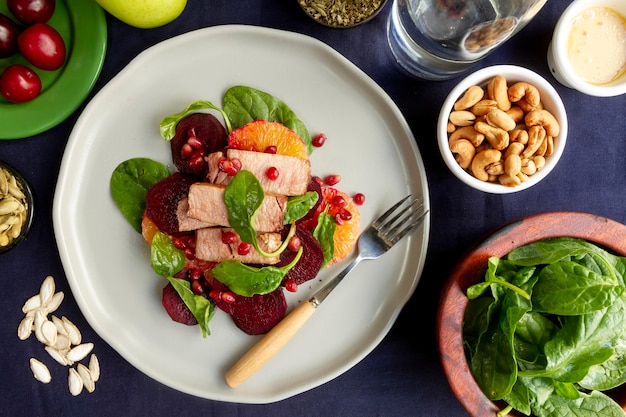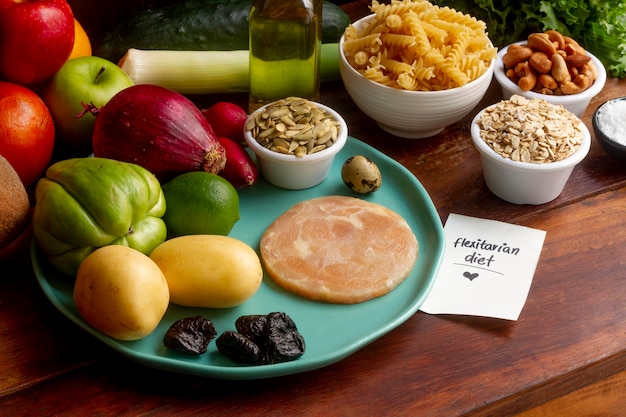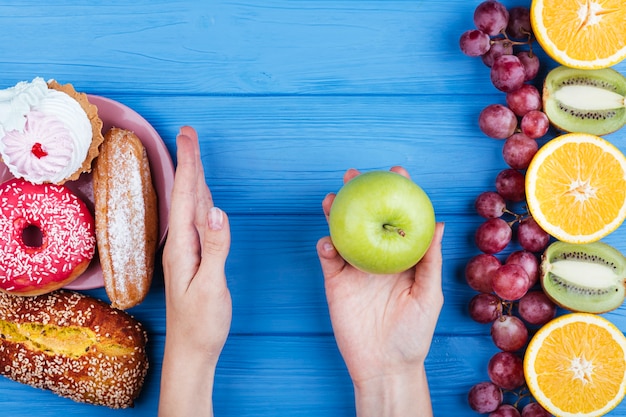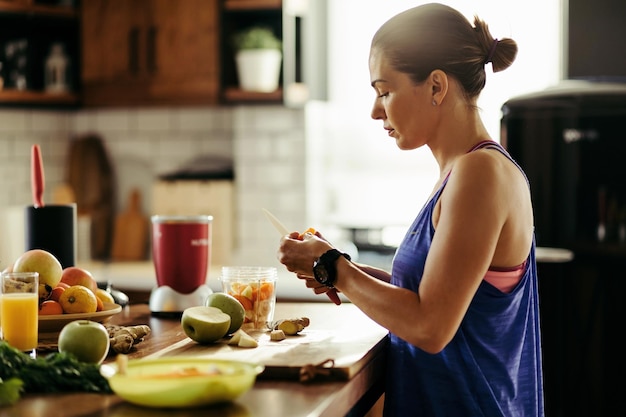Balancing blood sugar doesn’t require expensive equipment, a personal trainer, or hours at the gym—especially for students juggling lectures, assignments, and tight budgets. This 10-day stabilize blood sugar plan is designed specifically for student lifestyles: equipment-light, time-efficient, and easy to start immediately.
Fluctuating blood sugar levels can lead to energy crashes, brain fog, irritability, and increased cravings—common challenges during long study sessions or late-night cramming. Stabilizing blood sugar helps maintain mental clarity, improves focus, and supports emotional balance, all critical for academic performance.
This plan focuses on three pillars: Start Fast, Stay Consistent, Measure Results Weekly. Each day introduces small, sustainable changes to your eating and movement habits, requiring minimal time and no special gear.
Begin by tracking your current habits. Note what you eat, when you eat, and how you feel 1–2 hours after meals (e.g., sleepy, jittery, focused). This self-awareness is key.
Introduce one key change: Eat protein within 30 minutes of waking. This could be a boiled egg, Greek yogurt, or a handful of nuts. Avoid sugary cereals or pastries on an empty stomach—these spike blood sugar and lead to crashes.
Add a 5-minute morning stretch or walk around your dorm or apartment. Movement helps insulin sensitivity, even in short bursts.

Now, focus on food choices that naturally stabilize blood sugar. According to recent nutritional insights, certain foods consumed on an empty stomach can support glucose balance. These include:
Swap one processed snack (like chips or candy) with a whole-food alternative daily. Try apple slices with peanut butter or carrot sticks with hummus.
Incorporate 10 minutes of daily movement: stair climbing, brisk walking between classes, or bodyweight squats during study breaks.
By now, your new habits should feel more natural. Continue with protein-rich mornings and smart snacks. Add one more element: pair carbs with protein or fat. For example, eat toast with avocado or a banana with a handful of almonds. This pairing slows glucose release into the bloodstream.
At the end of day 10, reflect on your weekly notes. Did you experience fewer energy crashes? Better concentration? Less hunger between meals? These are signs of improved blood sugar control.

You don’t need a kitchen or gym to succeed. Focus on simple, accessible actions: eating balanced mini-meals, moving your body in short intervals, and observing how you feel. These small efforts compound into meaningful metabolic improvements.
The 10-day blood sugar reset isn’t about perfection—it’s about progress. As a student, your schedule is unpredictable, but your health doesn’t have to be. By starting fast, staying consistent, and measuring weekly, you build habits that support both your academic goals and long-term wellness.
Try this plan during a regular week, track your energy and focus, and see the difference for yourself. Small changes today can lead to greater resilience tomorrow.

Wellness

Wellness

Wellness

Wellness

Health

Wellness

Health

Fitness

Wellness

Health

Wellness

Health

Health

Fitness

Health

Health